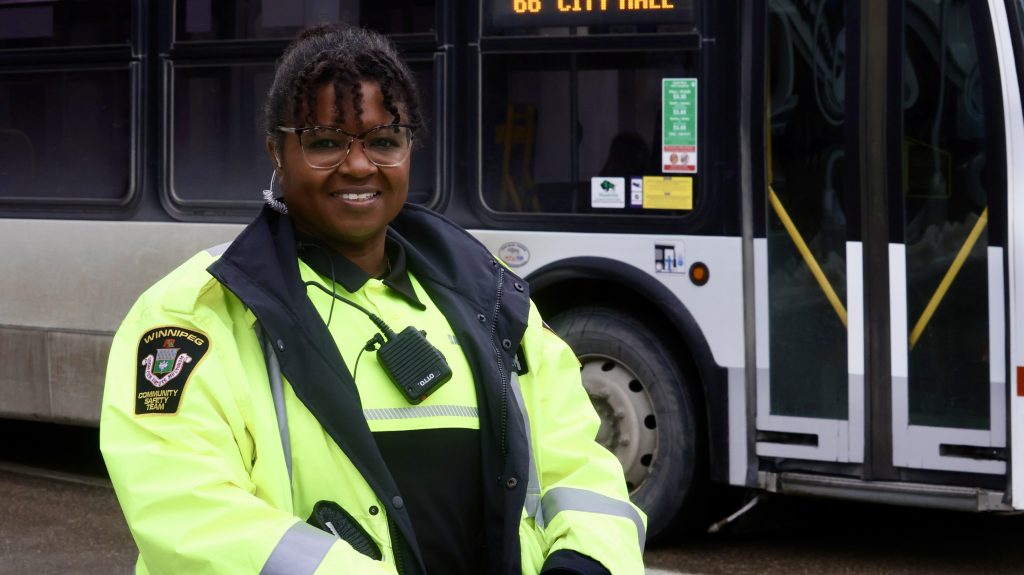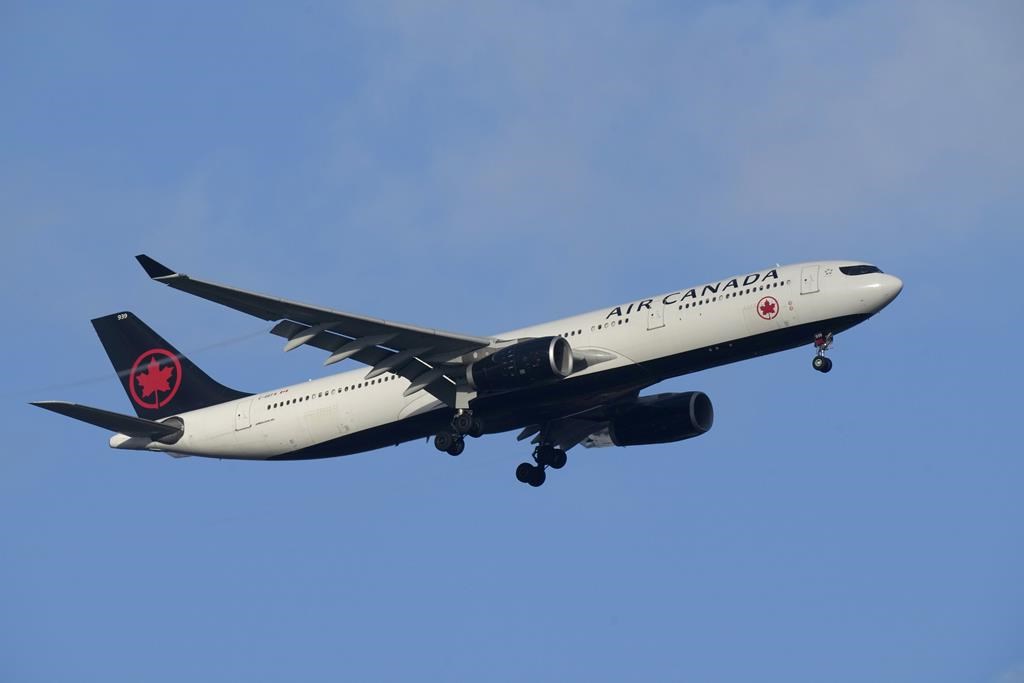Winnipeg losing ‘urban greenness’ faster than other Canadian cities: report

Posted November 22, 2022 10:12 am.
Last Updated November 22, 2022 10:14 am.
Some Canadian cities are becoming less green, as tree canopies and healthy vegetation are on the decline. Winnipeg is losing its urban greenness faster than most.
That’s according to a recent report from Statistics Canada, in which “urban greenness” refers to the presence and health of vegetation across the urban landscape.
Winnipeg has seen the second largest decline in urban greenness in the last 18 years, with nearly a 25 per cent drop in areas with trees and vegetation.
“You know there’s factors like climate change, weather events. There’s also development around the perimeter of the outer parts of the city, and infill development, and then there is also invasive species,” said Martha Barwinsky, a forester with the City of Winnipeg.
RELATED: Winnipeg group calling for more trees around the city
Barwinsky says invasive pests play a major role in declining vegetation. Winnipeg’s elm trees have been hit hard by Dutch elm disease. Since 2018 the city has removed around 20,000 trees from boulevards and parks, in most cases because of Dutch elm disease.
Barwinsky says only about 5,500 trees have been replanted. She says when a tree is removed from private property, the city does not have the authority to plant another one in its place.
“We’re still not replacing one for one in our public tree inventory but we certainly know, or we suspect, the majority of the trees that are removed from private property are not being replaced,” she said.
According to the report, the city with the largest reduction in urban greenness was Milton, Ont. After Winnipeg, other cities in the top five for loss of greenness were Kelowna, Calgary, and Windsor.
The greenest urban location in 2022 was Saint-Jérôme, Que.
Christian Cassidy, the executive director of Trees Winnipeg, says Winnipeg’s urban canopy is under threat and he wants to see more trees being planted to reverse the trend.
Twice a year Trees Winnipeg puts on a “re-leaf tree sale,” giving property owners the chance to purchase new trees at wholesale costs. Cassidy says property owners have a big role to play in helping to regreen the city.
“I think this is more a call to arms that everyone needs to take a look at and see what they can do to help bring some of this urban greenness back,” said Cassidy.

Barwinsky says the city is developing a 20-year vision for its urban forestry strategy, which includes how to meet a one-to-one replacement ratio for trees that get cut down.
She says the estimated three million trees in the City of Winnipeg provide pollution removal, carbon storage, energy savings and more, making the trees extremely economically important.
“Those trees are valued at over $3 billion in benefits,” she said.








